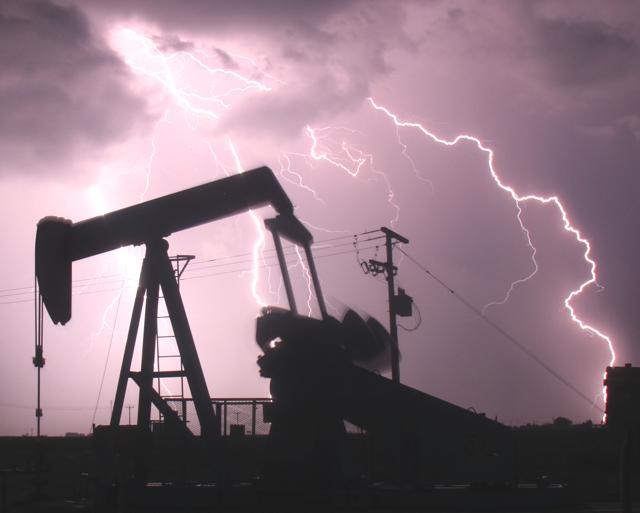The updated forecast is based on a stronger commodity price outlook for 2021 with PSAC now expecting the crude oil price to average US$64/barrel (WTI) for 2021, natural gas prices of CDN$3.35 /MMBtu (AECO) and the Canadian dollar slightly stronger averaging $0.81 USD.
PSAC President & CEO Gurpreet Lail commented, “As global demand for oil has increased with economies reopening and record high summer temperatures increasing demand for natural gas, WTI and AECO commodity prices have risen to levels not seen since 2018 and 2014, respectively. This has translated to better-than-expected cash flows for exploration and production (E&P) companies and the ability to drill new wells.’
“While strict fiscal discipline to pay down debt, buy back shares, and issue dividends is still the order of the day, we are seeing capex budgets being revised upwards for H2. We can’t be sure we’ve seen the end of lockdowns from the pandemic, but cautious optimism is definitely in the air,” he added, going on to talk about some of the challenges arising for service companies.
“As activity trends towards 2019 levels, companies are facing a labour issue and are struggling to recruit workers. While companies are eager to stand up equipment that has been sitting idle in order to meet demand, undermanned crews will constrain their ability to do so, already resulting in some work being turned down or postponed.”
“Inflation and shortages of everything from steel, to chemicals, to pickup trucks and raw materials from overseas will also impact activity levels and economics. Steel prices are at record highs in the U.S., and members have reported the cost of sea containers for shipping in some cases skyrocketing from $3,000 to $25,000. Following years of rock-bottom prices, E&P customers will need to be prepared for higher prices as these costs will have to be passed on.”
Activity levels in the first half of 2021 are expected to account for only 45 per cent of the year’s total versus 64 per cent last year when optimism was high for recovery from a prolonged downturn before the full impact of blockades, project cancellations, oil price war, and COVID-19 was felt. The majority of drilling this year is expected to be focused on oil with 68% of total wells, gas with 28 per cent, and the balance being service wells.
Lail added, “Maintenance, repair, and operations (MRO) work is also robust as cash flow to increase production at today’s higher prices becomes a priority. This, along with closure work from the $1.72 billion in federal funding that aligned with PSAC’s advocacy, is definitely helping the sector.”
On a provincial basis for 2021, PSAC estimates 2,330 wells to be drilled in Alberta and 1,290 wells for Saskatchewan, representing year-over-year increases of 890 and 213 wells, respectively. At 105 wells in 2021, drilling activity in Manitoba is expected to increase modestly from 83 wells in 2020, whilst activity in British Columbia is projected to increase from 367 wells in 2020 to 510 wells in 2021.
“Any tempering of optimism for the future comes from increasing federal government climate goals. The most recent announcement of a ‘People-centred Just Transition’ portends the intention for a quickened pace to force transition to renewables through legislation. This, despite the fact that the domestic oil and gas industry has already made great strides in reducing emissions and is the largest spender on clean technology in Canada. While the world still needs oil and gas, Canada, with its responsible development, should be the supplier”, said Lail.




